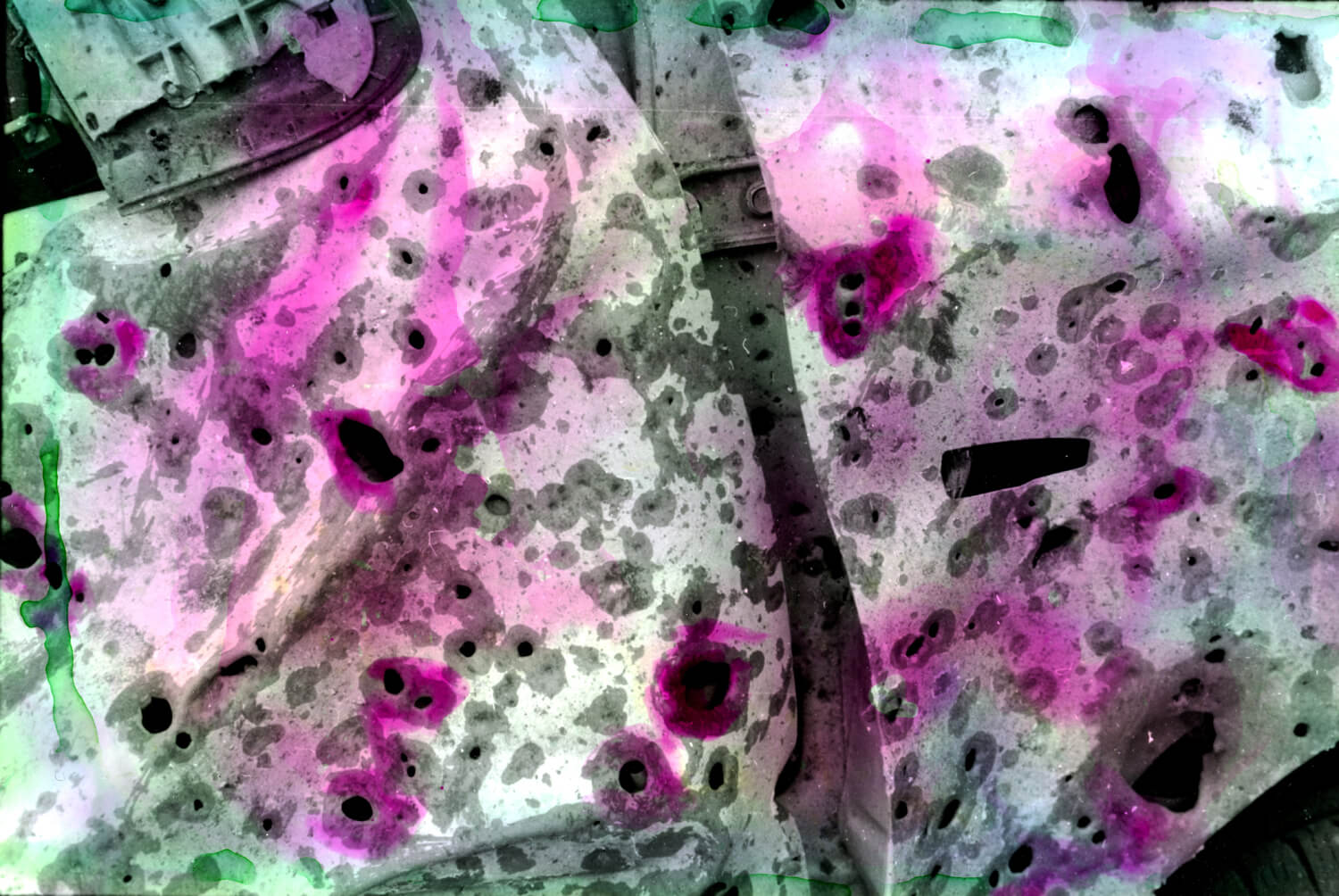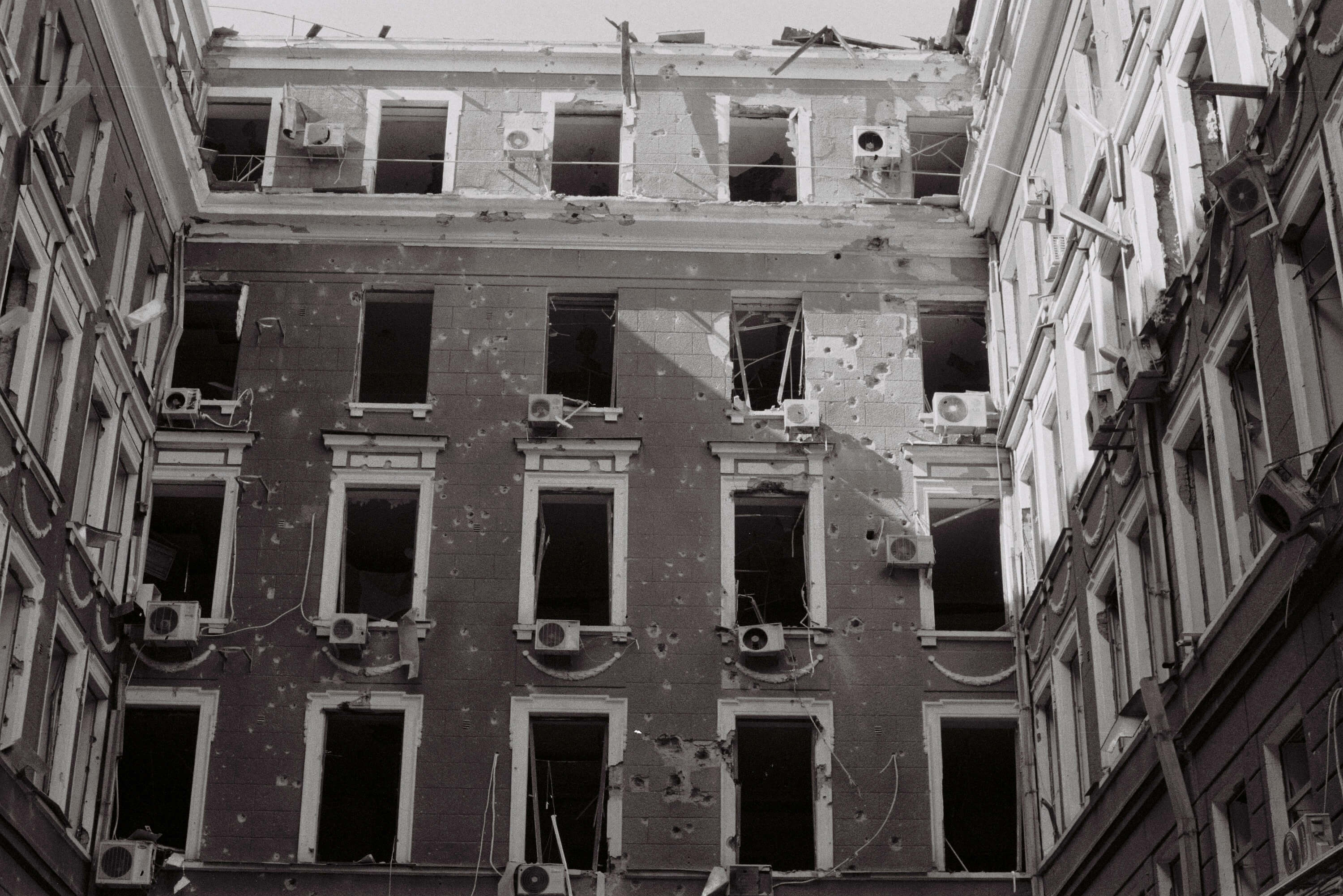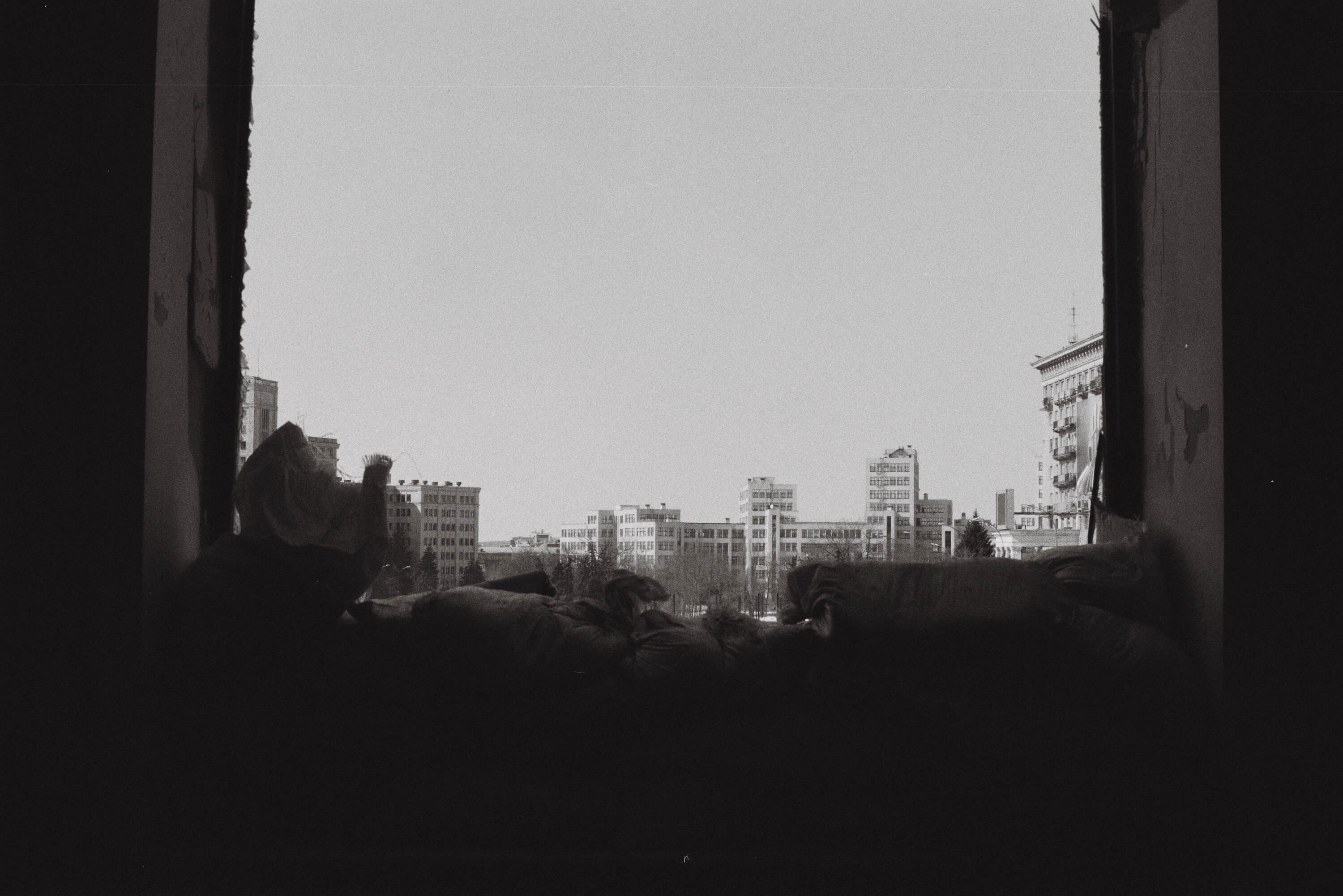
Pictures to Catch Attention: Wartime Kharkiv in Colour and Bloom

A Ukrainian artist, photographer, art curator, and educator, she studied architecture at the O. M. Beketov National University of Urban Economy in Kharkiv and graduated from the Royal Academy of Art in the Netherlands. Also, she worked with Bird in Flight and Pinchuk Art Center. Her photographs can be found in private collections in the Netherlands, Italy, and Belgium.
— Andy Warhol once said, ‘when you see a gruesome picture over and over again, it really doesn’t have any effect’. War is no exception because the people who have to endure it eventually stop fearing it. Their dreams become focused on restoring peaceful life as fast as possible. Those who initially follow the events but are not involved in them eventually get tired of empathising and fall back to living peacefully. Whether we are tired or not, the victims are still in pain, the war continues, and many people need help.
Therefore, I wanted this series not to just document what happened but to turn into works that people keep looking at, even though they depict the mundane and sometimes inconvenient reality. It is about death and destruction but also about how people distance themselves from tragic events and find the strength to carry on.
Bright colours and beautiful flowers are just camouflaging the true meaning behind these photos. Also, they are a promise that everything will be fine and a new spring will come.
My series is about death and destruction but also about how people distance themselves from tragic events and find the strength to carry on.




All the photos were taken in Kharkiv throughout the first three months of Russia’s full-on invasion. I did not plan on creating a project at first, but neither could I refrain from photographing how my native city was destroyed before my eyes. In the pictures, you see mostly locations in the central part of Kharkiv that were damaged first.
The white flowers in the pictures are photograms — the simplest photography technique that children like to play with. It has been my long-time ambition to work with colour because I always shoot black-and-white film. I also used to paint a lot. Thus, I kept looking for opportunities to combine these two mediums. I don’t even know if there is a name for this technique. However, when I printed the university building photo, I immediately knew what colours I wanted on it.
The white flowers in the pictures are photograms — the simplest photography technique that children like to play with.





Each picture takes about twenty minutes on average. I had a hard time making them at first. The paint dried quickly on the paper, and all my ideas and skills from the painting days were useless. I even ruined a bunch of pictures with my experiments. I used a limited palette with three primary colours. However, some photos called for a special tone, and I had to find out how to mix it. Sometimes, I spent a tone entirely on one picture and then could not figure out how to make more of it. When I found the technique that worked, it became trivial because this Warholian idea kept me going, and I knew right from the beginning that it would be about the garden.
I did not start working on the series until summer, when I had an art residence in Germany. Before that, I was totally immersed in the situation and my volunteer affairs, which left no time for art.




As I see it, it was essential to document everything over the first few months to make an impact and for people in outside Ukraine to learn about what transpired here first-hand. It is just as important now because we have accumulated many emotions, images, and stories, and it is up to artists to process them. We have already shown the world our resolve, will, resilience, and unity. However, we also have a rich culture, and the artists’ work doesn’t contradict that of the documentalists.
We have accumulated many emotions, images, and stories, and it is up to artists to process them.
I don’t know how the project will go on. An architecture-related exhibition of mine was set to open in Kharkiv on the 24th of February. Now I have combined the two series for an exhibition in Lithuania because they both showcase my experiments with various printing techniques.





New and best








